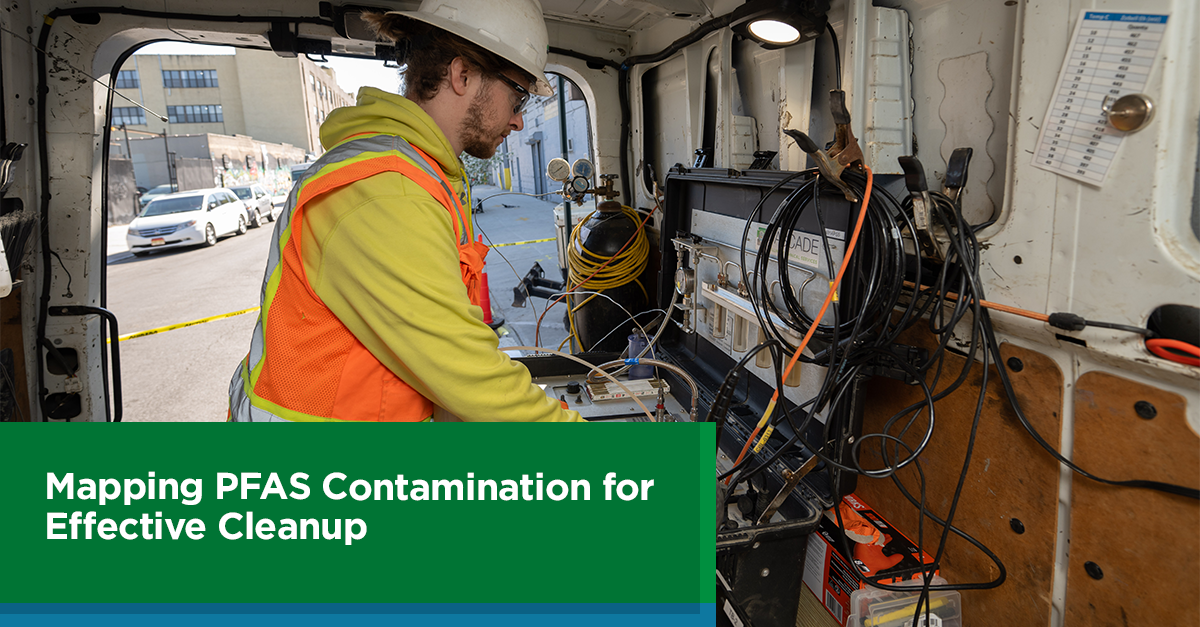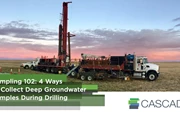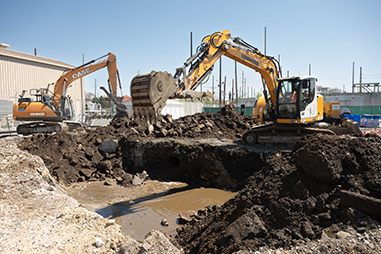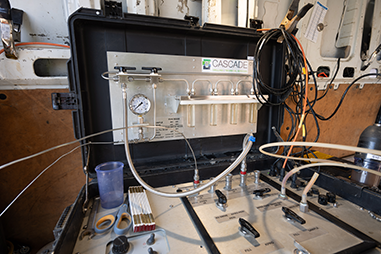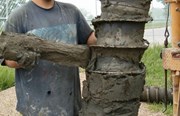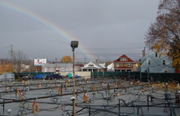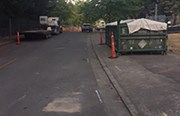Which Way the Vapor Blows: California’s Best Practices for Vapor Intrusion Screening (and Why You Should Care)
By: Eliot CooperStates across the country have various vapor intrusion regulations and guidance, but California has always been the most aggressive in regulating and managing the risks of contaminant vapor inhalation. These regulations typically constitute the next wave of best practices and indicate the way legislation and regulations in other states will be going. That’s why it’s important for consultants nationwide to understand California’s new Supplemental Vapor Intrusion Guidance (SVIG). In this blog post, we’ll explain the goals of the guidance and cover the primary implications for environmental consultants and projects in the state of California.

WHAT IS THE NEW VAPOR INTRUSION GUIDANCE?
In February, the CalEPA Vapor Intrusion Workgroup published the draft Supplemental Vapor Intrusion Guidance (SVIG) for public comment. DTSC and Water Board will be accepting written comments to this draft document until noon on April 30, 2020.
This Supplemental Guidance provides information and recommendations on the following topics:
- Using United States Environmental Protection Agency (USEPA) 2015 attenuation factors
- Establishing a four-step evaluation process to assess vapor intrusion
- Considering sewers as a potential vapor intrusion migration route and pathway of exposure
- Building a California-specific vapor intrusion database
WHAT ARE THE PRIMARY IMPLICATIONS OF THE SUPPLEMENTAL VAPOR INTRUSION GUIDANCE?
- More sites will be screened in for vapor intrusion evaluations. The SVIG would establish more conservative screening levels for the evaluation of soil gas data by revising the CalEPA default attenuation factors for sub-slab soil gas, external soil gas, and groundwater to match the USEPA recommendations.
- More sampling events will be required, with more samples recommended per event, than previously required in California. An increased emphasis will be placed on the collection and evaluation of indoor air and sub-slab soil gas samples, versus the current approach of relying primarily on deeper soil gas (i.e., 5 and 15 feet below ground surface) and groundwater data for vapor intrusion evaluations.
- Establishment of a California vapor intrusion database to determine if there is sufficient justification to develop California-specific vapor intrusion attenuation factors. The USEPA recommended attenuation factors are based on a database of indoor air and soil gas data that were collected in colder climates (Northeast and Midwest), with only limited data collected in California. The compilation of California-specific data may support different and, in some cases less conservative, attenuation factors in the future.
Although the California guidance has not yet been finalized, it’s worth understanding the goals the CalEPA is attempting to achieve regarding soil vapor intrusion—and how they plan to go about it. The guidance, regulations and legislation in California is typically a good predictor of what environmental consultants in the rest of the country will be seeing in several years, and it is never too early to begin planning for those changes.
If you are in California and anticipate the new Supplemental Vapor Intrusion Guidance will impact your projects, we can help.
If you aren’t in California but still need assistance with vapor intrusion on your site, let us know.

